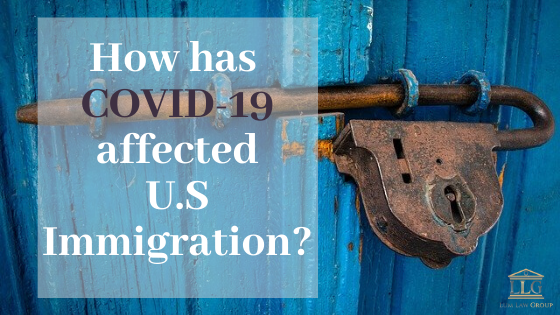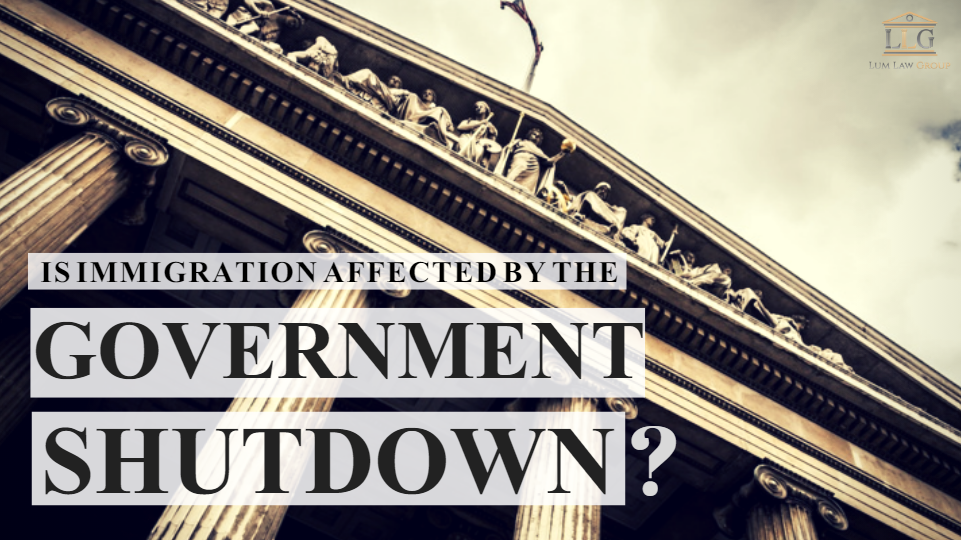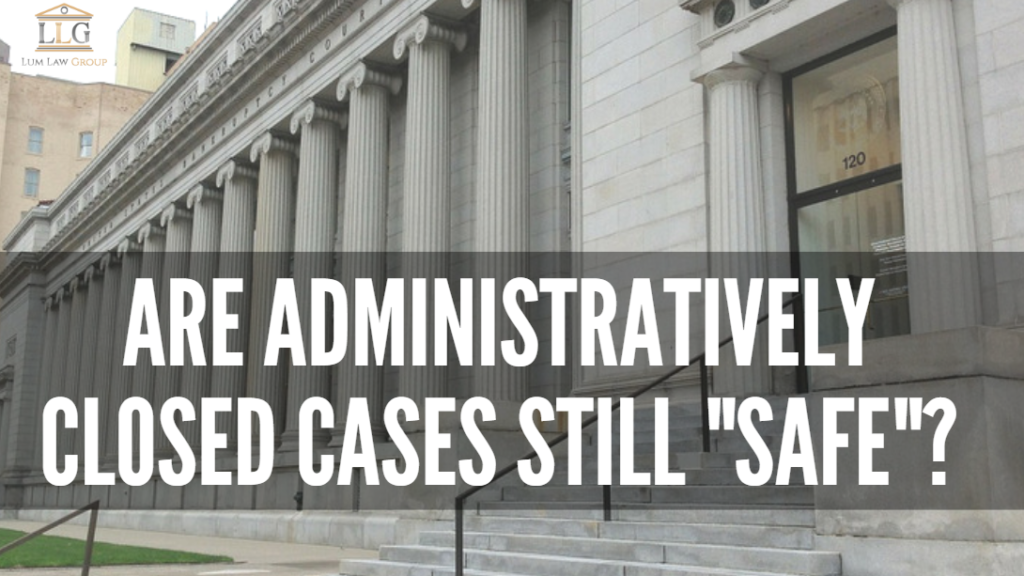How has Coronavirus affected U.S. immigration?

The COVID-19 pandemic has resulted in a halt in our daily lives, and significant (temporary) changes to the U.S. immigration system. In this article, we have compiled coronavirus related immigration changes by category, or circumstance. However, we do not go into specifics as it would depend on your individual situation and would require our attorneys’ […]
Is Immigration affected by the Partial Government Shutdown?

With the recent (partial) government shutdown, many are left wondering what will happen once the holidays are over and everyone is back to business. We know a partial government shutdown affects federal employees, but how does it affect you? To answer your questions, we’ve collected key points from a variety of sources (listed at the […]
Did your Notice to Appear (NTA) have a date, time, and place? Here’s why it matters…

Since the Pereira v. Sessions decision in June 2018, immigration attorneys have been flooding the courts with variations of motions to reopen and terminate, with the most important being the Cancellation of Removal. In this post, we’ll review the importance of this decision and how it may affect you. What is a “Notice to Appear” […]
5 Things to Know about Sessions’ Recent Asylum Decision re: Domestic and Gang Violence

We have been carefully following Attorney General Jeffrey Sessions’ review of the domestic violence asylum case (Matter of A-R-C-G-, 26 I&N Dec. 338 (BIA 2014)), which he overturned on June 11, 2018. While our previous post on Sessions’ asylum decision was rather detailed, this post will outline the top five things you need to know […]
Are Administratively Closed Immigration Court Cases Still “Safe”?

On May 17, 2018, Attorney General Jeff Sessions overruled a Immigration Judge’s decision in Matter of CASTRO-TUM, 27 I&N Dec. 187, clarifying that immigration judges and the Board of Immigration Appeals (BIA) does not have the authority to administratively close cases indefinitely. What does this mean? In short, you can no longer request prosecutorial discretion […]

